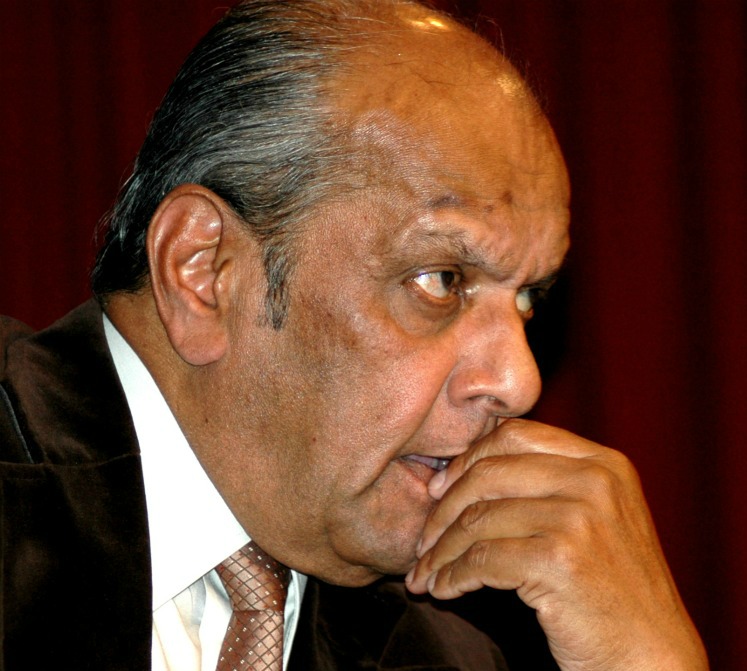
Reginald was born in Lahore before Partition. He writes books on various subjects pertaining to South Asia. A former London journalist, he now lives in Mid Wales with his actor wife Jamila. His latest book is Shaheed Bhagat Singh and the Forgotten Indian Martyrs, Abhinav Publications, New Delhi. A member of the Society of Authors, he is a Fellow of the Royal Society of Arts.

Ved Mehta is a celebrated writer, and a man who overcame severe disability by sheer will power.
Born in Lahore in 1934, at the age of four he was blinded by cerebrospinal meningitis. His father, a doctor, was aware that his son had no future in India since most people in India regarded blindness as a curse, a divine retribution for some great sin or crime committed in a past life.
In 1949, Ved was sent to the Arkansas School for the Blind. From there he went to Pomona College in California, a liberal arts institution with a high reputation. Since few books were then published in Braille he needed a fellow student who could read the text books to him. Fortunately, his friend Eugene Rose volunteered to help. Mehta wrote that his friend's readings were so clear that it seemed as if he was "explaining things".
(Rose later became Father Seraphim Rose, a Russian Orthodox hieromonk and a leading figure of the Orthodox Church in USA.)